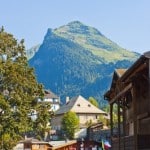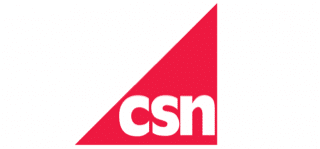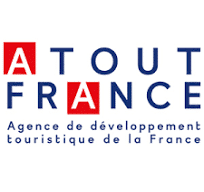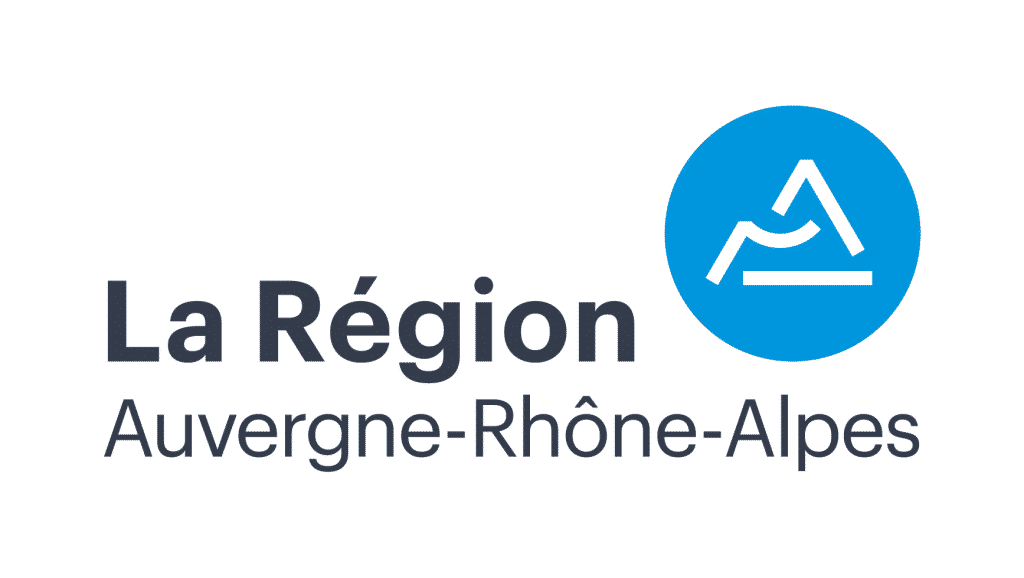Easter is one of the main religious celebrations in France after Christmas. Easter marks the resurrection of Christ and the end of the 40 days of lent so this is an important Christian religious festival.
In France, Easter Monday is a public holiday. Easter in France is called ‘Pâques’ with a capital ‘P’ and an ‘s’ at the end. This comes from the Latin word ‘Pascua’ which means food. French people wish each other “Joyeuses Pâques”.
Easter traditions in France include chocolate, bells, eggs, rabbits, chicken and lamb!
French people traditionally eat lamb at Easter, the most traditional dish is a leg of lamb cooked in the oven with provençal herbs, cumin, garlic and olive oil. The lamb is usually served with potatoes cooked in the oven, green beans or flageolet beans. French people nowadays still often eat lamb at Easter but often a variety of cuts and dishes. Since asparagus comes into season around Easter, this is a common starter or side dish. And of course, the lamb is accompanied by a good bottle of red wine.

Certain areas of France also have their own special traditions, for example in Alsace they eat “Lamalas de Pâques”, a cake cooked in the shape of a lamb covered in icing sugar.
So why are eggs a symbol of Easter? Persians, Egyptians and Romans offered decorated eggs to celebrate the start of spring. In the 15th Century, catholics weren’t allowed to eat eggs during lent so egg stocks were decorated to give or sell at Easter or afterwards.
Children take place in an Easter egg hunt (Chasse aux Oeufs) organized by parents or sometimes clubs or local communes. Chocolate and/or decorated eggs are hidden in the garden or park, then children go and hunt for the hidden eggs. The Easter bunny isn’t historically a French tradition, but this is becoming a tradition especially in the north of the country, but chocolate shaped like eggs and bells is more common.
















